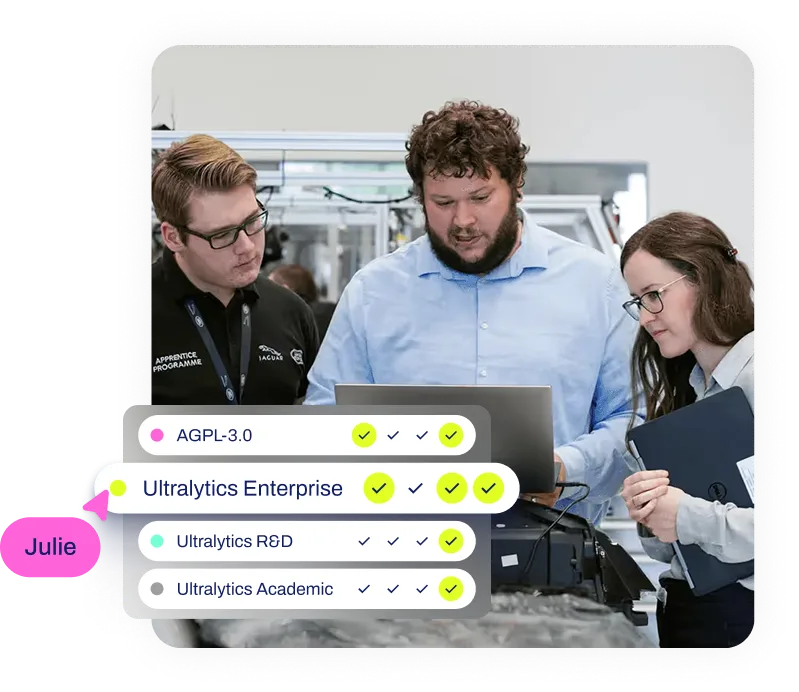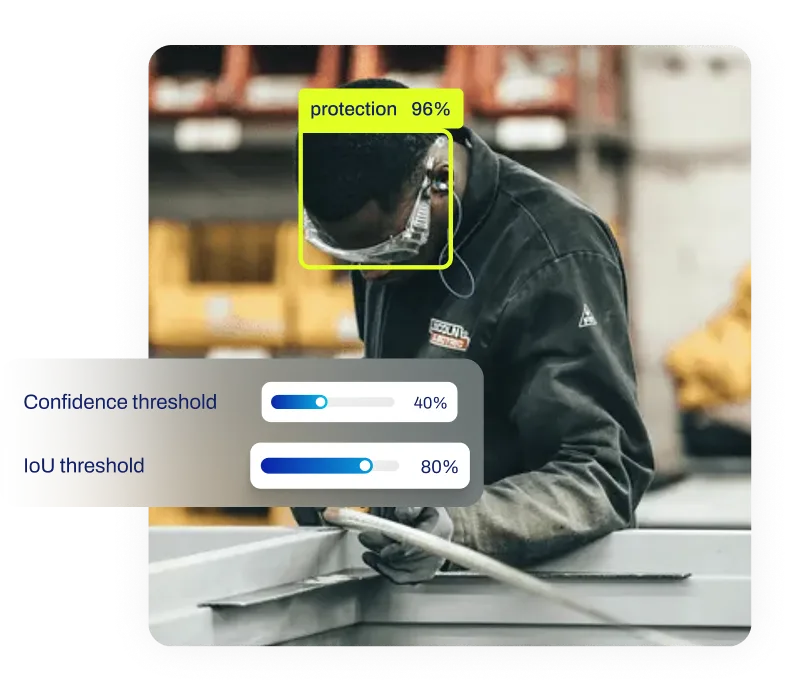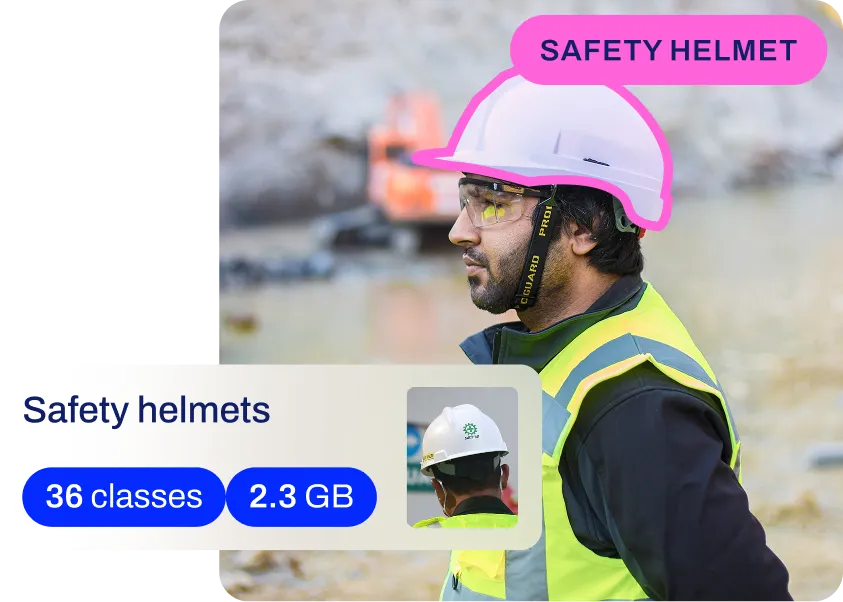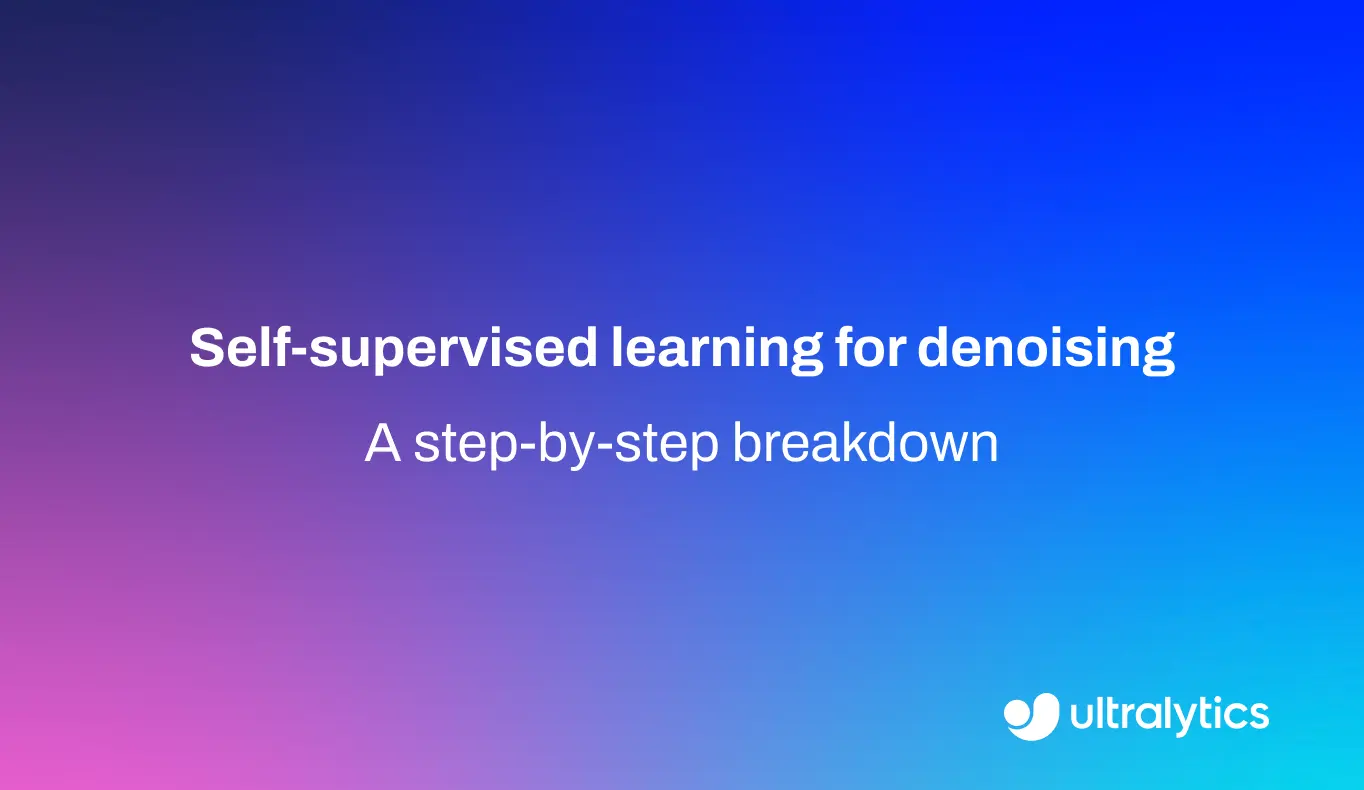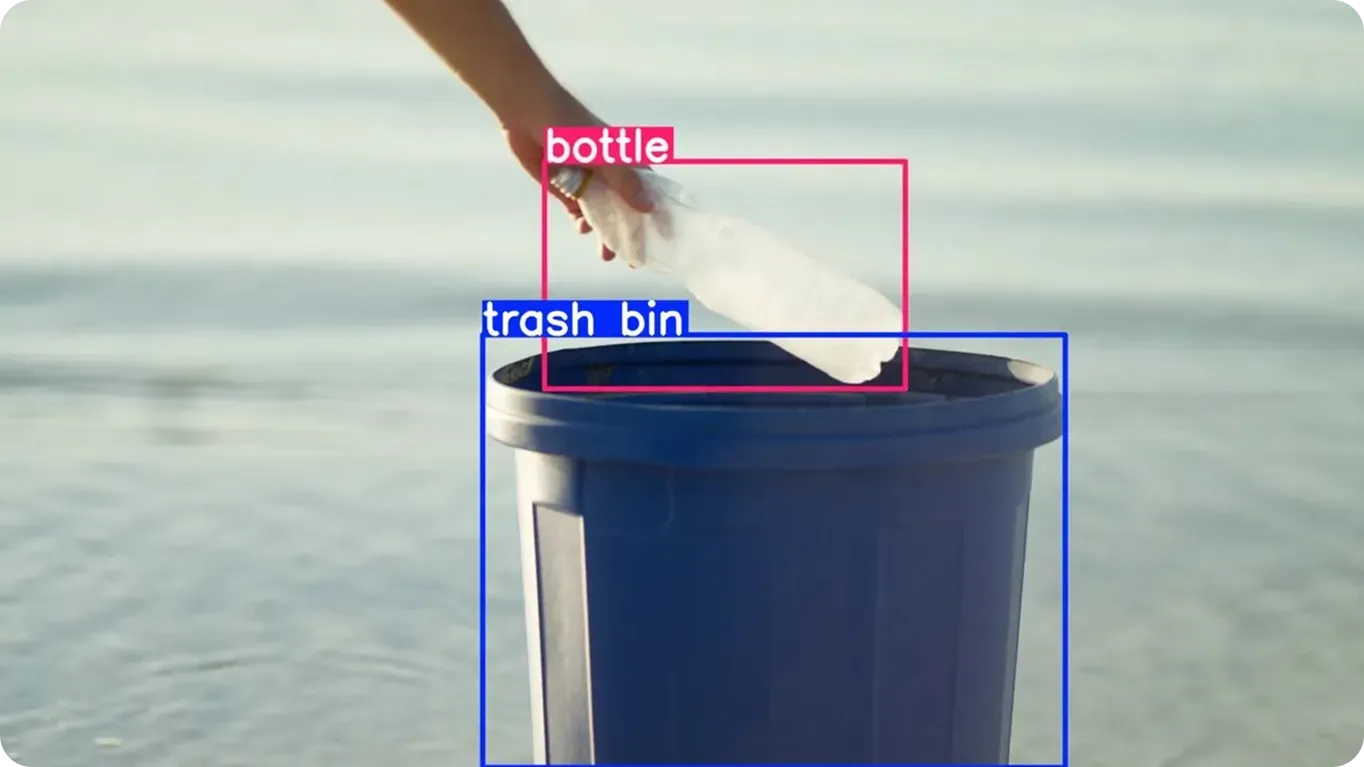Feature Pyramid Network (FPN)
Learn how Feature Pyramid Networks (FPN) enable multi-scale object detection—boosting accuracy for small and large objects in YOLO11 and modern CV systems.
A Feature Pyramid Network (FPN) is a fundamental architecture in modern
computer vision (CV) designed
to detect objects at varying scales with high precision. Traditional
deep learning (DL) models often
struggled to recognize small objects because they rely on deep layers where spatial resolution is lost. FPN addresses
this by building a pyramidal structure of
feature maps that combines
low-resolution, semantically strong features with high-resolution, spatially detailed features. This design acts as a
crucial "neck" in many
object detection architectures, connecting the initial feature extractor—known as the
backbone—to the final prediction layers, or the
detection head. By efficiently sharing information across different levels, FPNs enable models like
YOLO11 to accurately identify both tiny,
distant details and large, prominent subjects within a single image.
Understanding the Architecture
The core innovation of a Feature Pyramid Network lies in how it processes visual information through three distinct
stages. This structure allows the network to maintain a rich representation of the image across multiple resolutions
without incurring a massive computational cost.
-
Bottom-Up Pathway: This stage corresponds to the forward pass of a standard
Convolutional Neural Network (CNN), such as
ResNet. As the image passes through the network, the spatial dimensions decrease while the semantic value (contextual
understanding) increases.
-
Top-Down Pathway: To recover the lost spatial detail, the network upsamples the spatially coarse
but semantically rich feature maps from the deeper layers. This process effectively reconstructs higher-resolution
maps that contain strong context.
-
Lateral Connections: The crucial step involves merging the upsampled maps from the top-down pathway
with the corresponding maps from the bottom-up pathway. These lateral connections fuse the high-level semantic
context with the low-level textures and edges found in earlier layers, creating a multi-scale feature pyramid. The
original FPN research paper details how this fusion
significantly boosts performance on benchmark datasets like
COCO.
Why Multi-Scale Detection Matters
In real-world scenarios, objects appear in vastly different sizes depending on their distance from the camera. A
standard classifier might easily spot a car filling the frame but fail to detect a pedestrian in the background. FPNs
solve this by assigning prediction tasks to different levels of the pyramid. Large objects are detected on the
low-resolution, deep feature maps, while small objects are detected on the high-resolution, fused feature maps. This
capability is essential for achieving high
accuracy and
recall in diverse environments,
distinguishing FPN-equipped models from older single-scale detectors.
Real-World Applications
The ability to handle multi-scale data makes FPNs indispensable across various industries relying on
artificial intelligence (AI).
-
Autonomous Vehicles:
Self-driving systems must simultaneously track nearby vehicles and distant traffic lights. An FPN allows the
perception stack to process these elements within the same inference pass, ensuring critical safety decisions are
made in real-time. Leading research from organizations like
Waymo highlights the importance of such multi-scale
understanding for navigation.
-
Medical Image Analysis: In
diagnostic imaging, identifying anomalies requires precision across scales. A tumor might be a large mass or a tiny,
early-stage nodule. FPNs enhance
image segmentation models
used in radiology, helping clinicians detect pathologies of varying sizes in X-rays and MRI scans, as discussed in
Radiology AI journals.
FPN vs. BiFPN
While FPN revolutionized feature extraction, newer architectures have refined the concept. A notable evolution is the
Bi-directional Feature Pyramid Network (BiFPN), introduced by
Google Research in the EfficientDet architecture. Unlike
the standard FPN which flows one way (top-down), BiFPN adds bottom-up paths and learns specific weights for each
connection, prioritizing more important features. However, standard FPN designs and their variants remain the
foundation for high-performance models like
YOLO11, balancing speed and accuracy effectively for most
real-time inference
tasks.
Implementation Example
Modern libraries handle the complexities of FPNs internally. The following example demonstrates using the
Ultralytics YOLO package, which incorporates
advanced feature pyramid structures to detect objects of all sizes seamlessly.
from ultralytics import YOLO
# Load the YOLO11 model, which utilizes a feature pyramid architecture for multi-scale detection
model = YOLO("yolo11n.pt")
# Run inference on an image to detect objects ranging from small to large
results = model.predict("path/to/street_scene.jpg")
# Display the resulting bounding boxes and class labels
results[0].show()







